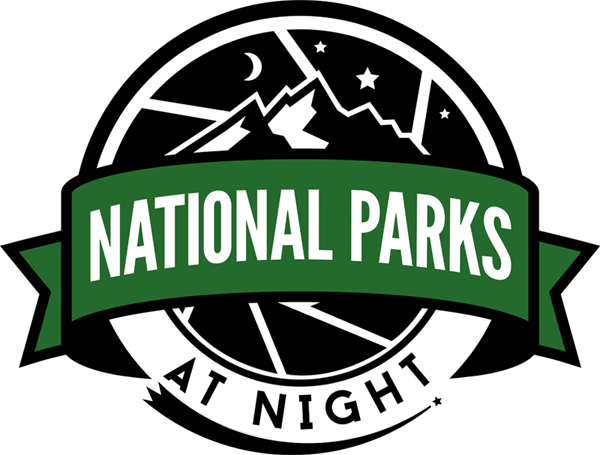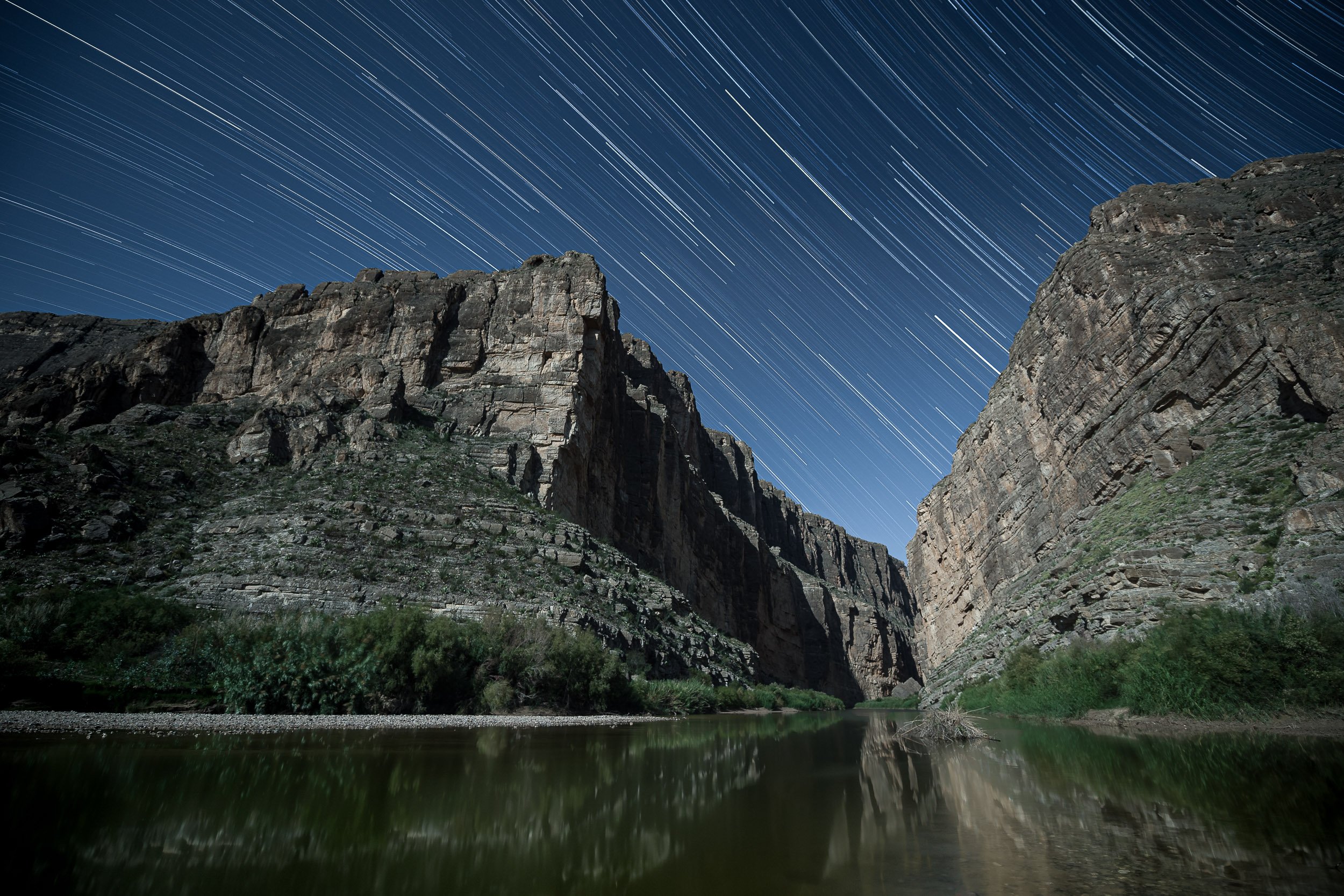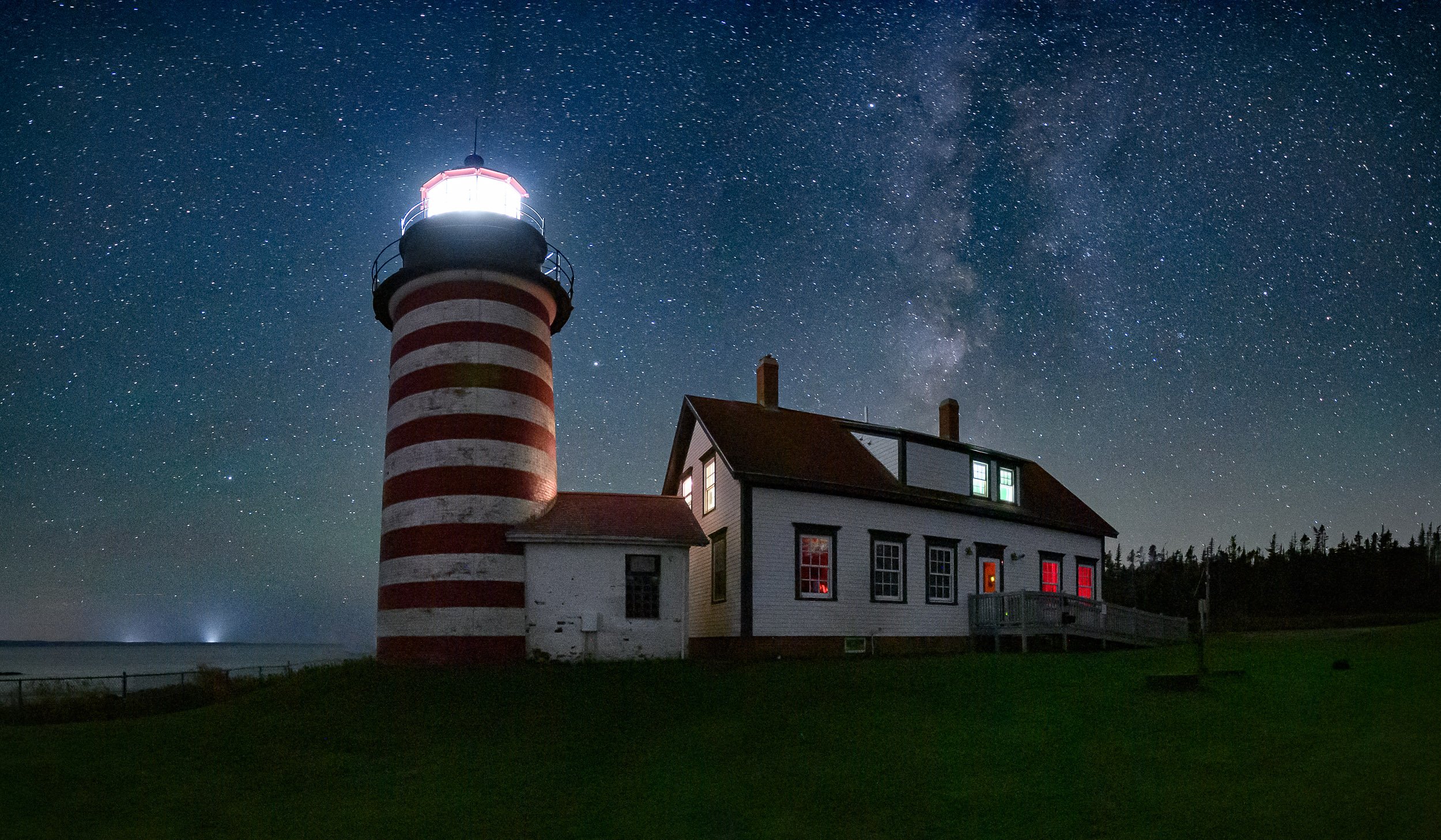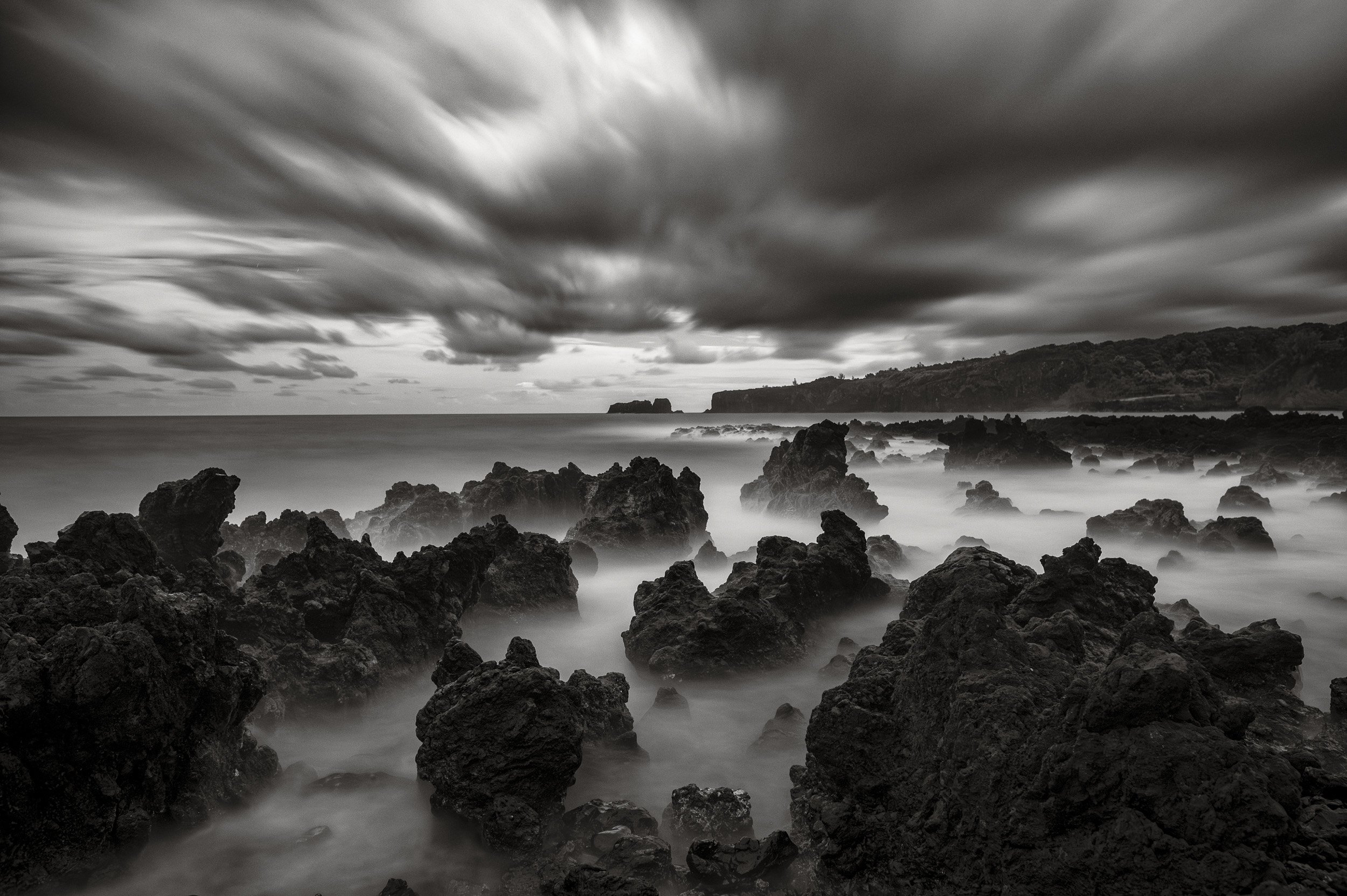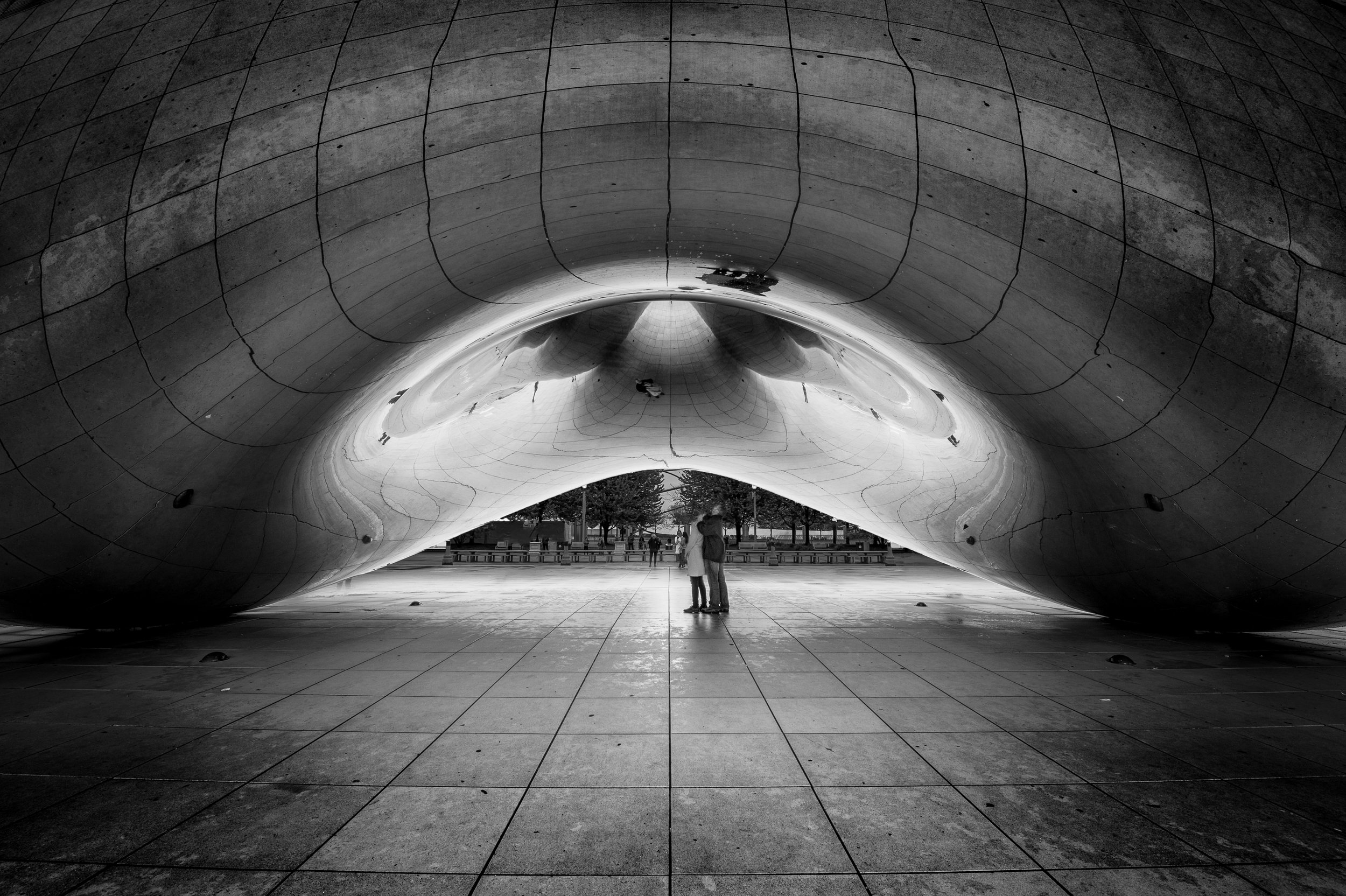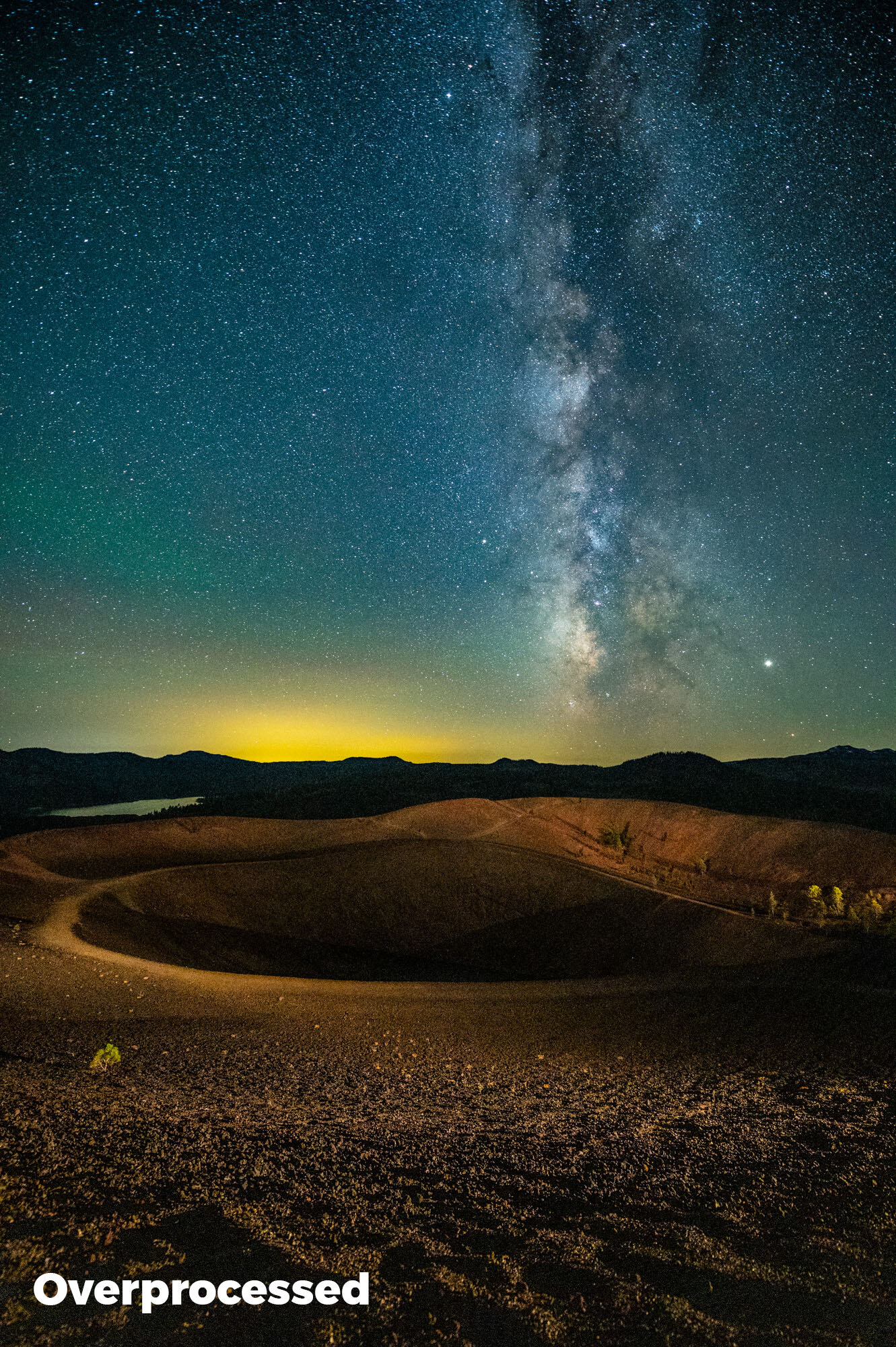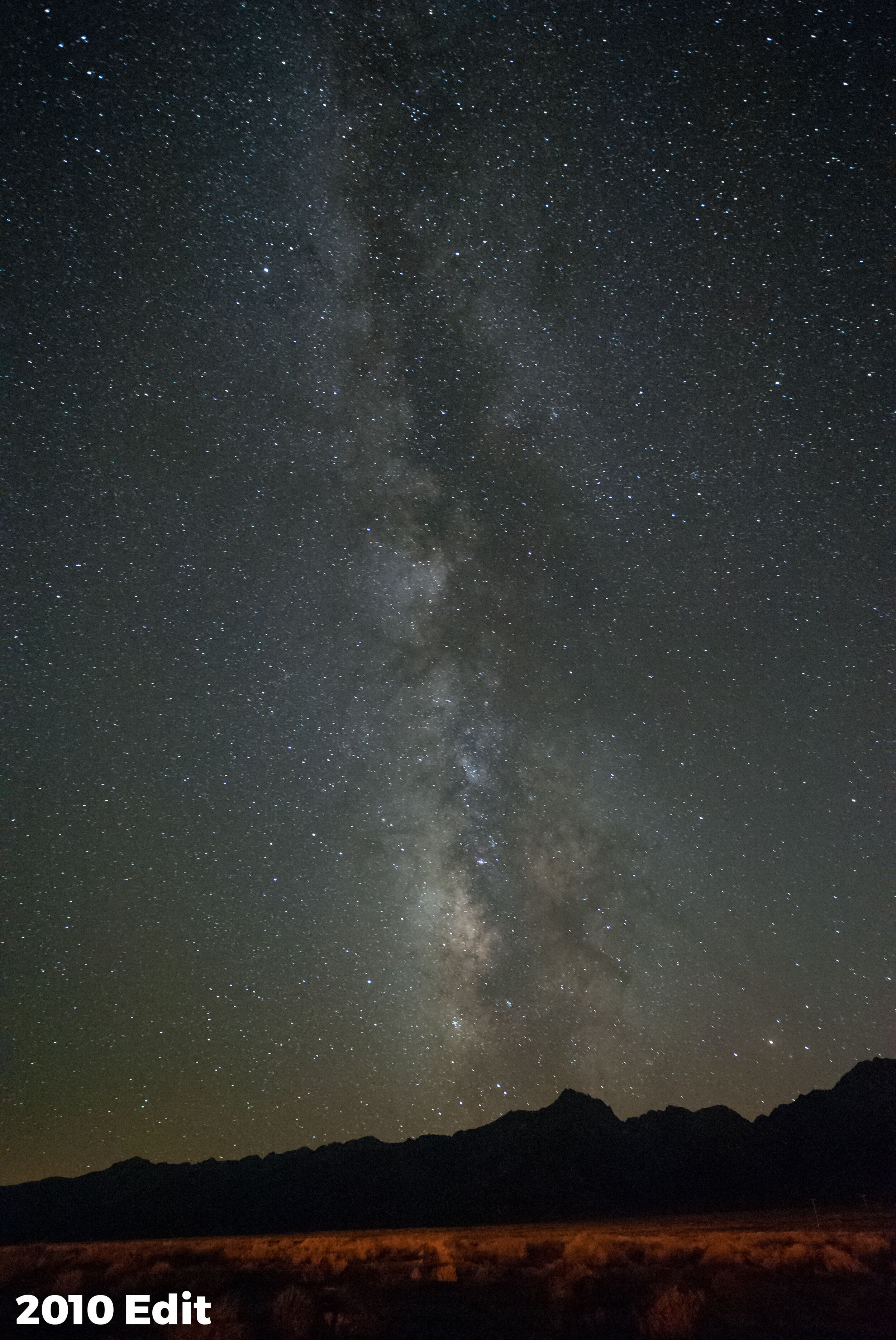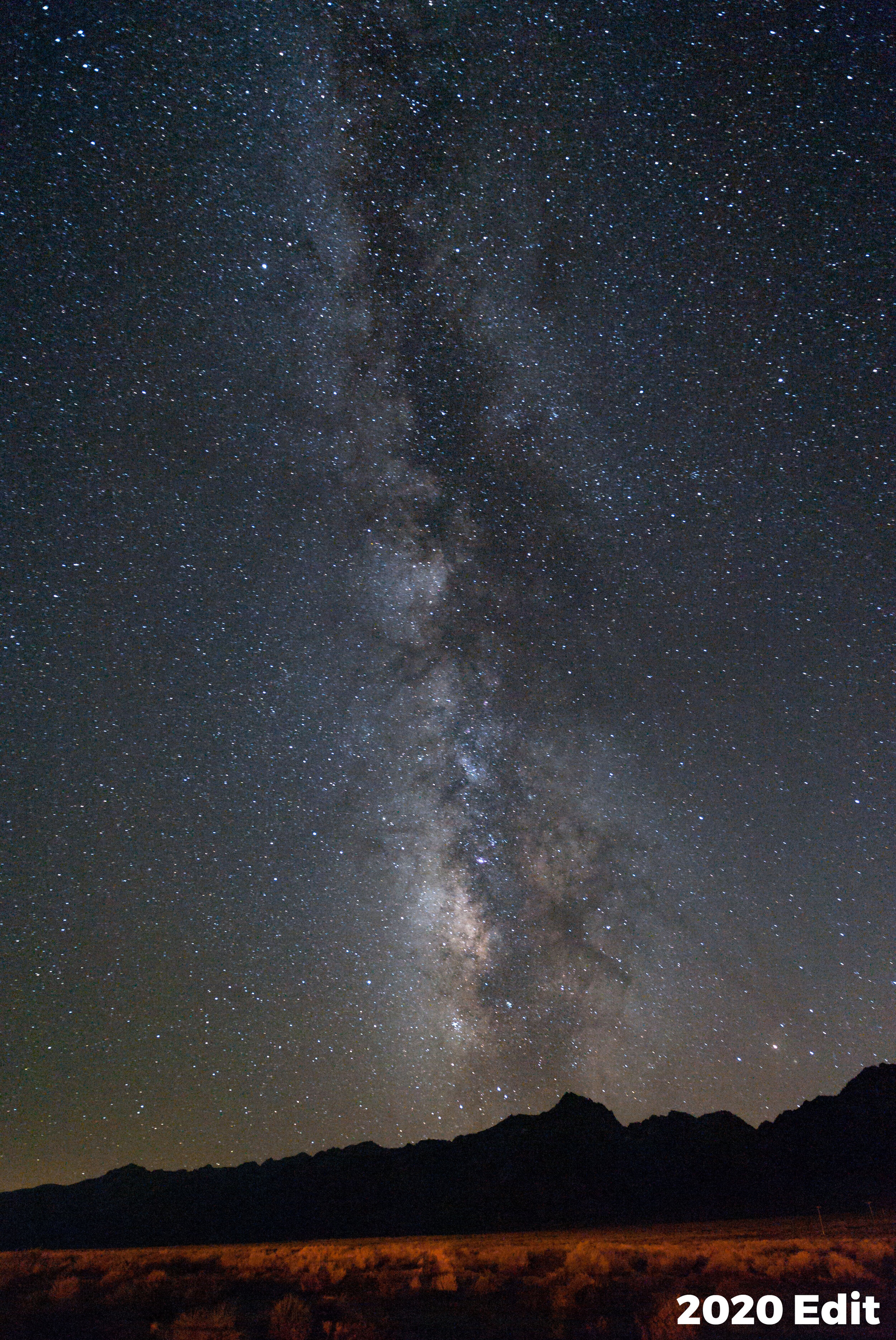Yesterday's News, Today's Muse: Shooting Night Photography on Film
News flash!
There is a little bit of a film renaissance going on, right now!
I can tell you that I’ve been enjoying loading up my classic cameras again and taking them out for more day and night adventures.
I learned night photography on film in the 1990s, back when it was seen as a very difficult and archaic process that yielded more misses than hits. However, when you succeeded, it felt like a majestic home run! Without the instant feedback and resources on the internet, night photographers in the film days would write copious amounts of notes from all their trials and errors, and they would use specific films that played better to longer exposures.
Digital certainly made night photography easier and more accessible for people to master. On the other hand, there’s a series of benefits to photographing night with film: the exciting uncertainty of shooting on analog can push you to pre-visualize, challenge yourself and add a dash of nostalgia to your photographic experience.
Sutro Baths. Mamiya 7 with a 43mm lens, shot on Fujifilm Acros 100 under a full moon. 8 minutes, f/8.
Why Shoot Film for the Night?
Night photography is a fairly slow and laborious process. Digital technology has sped up that process and given us immediate feedback to adjust our decisions on exposure and light painting in the field. But have those advantages made you more complacent as well?
Film definitely pushes you to pre-visualize and to slow down even more. You’ll think about every decision before clicking the shutter, and that isn’t a bad thing.
With digital, there are relatively few limits to the night sky—either in the field or later in post-processing. You have the tools to switch from color to black and white, and to stack images so that everything from 6 inches to the infinite stars is in focus.
With film, your options are limited—but that can force you to be more creative. There is something to be said for heading into the field with a very specific vision, and film locks you into one palette for the night. (Or at least for 10 to 36 frames.)
Speaking of vision, I also love the variety of film cameras that are geared to let you to see in a different way, whether it is a true panorama camera, the square frames of a twin lens reflex, or even a pinhole camera.
You can embrace these limitations, and just “roll” with film!
Parroquia de San Miguel Arcangel. This is a rare night photograph taken with a zone plate (pinhole type). Shot on Polaroid Type 59 4x5 color film that has notoriously bad reciprocity failure. Note how the direct light sources from the church reflect the zone plate lens. 4x5 Zero Image Pinhole camera with an f/45 zone plate. Approximately 4 minutes, f/45, ISO 100.
Logistics of Shooting Film
There are some specific logistics to shooting film that we need to get an initial grasp of.
Reciprocity Failure
The main logistical obstacle is reciprocity failure. A digital sensor’s ISO can be adjusted from 50 to 51,200 and beyond. The ISO of film is less pliable. Film is optimized for the ISO it is rated for and can suffer from reciprocity failure during long exposures at very low light levels.
A film’s emulsion is made up of a layer of silver halide chemicals that “react” to light and etch the image onto the film. Common chemistry tells us that a chemical reaction is most potent at the beginning and loses its potency over the course of the reaction. Ergo, the longer an exposure, the less sensitive the film’s silver halide layer becomes to light. The breakdown can start in as soon as 1 second, and it accelerates as the exposure gets longer. Each type of film is made up of different chemistry and therefore reacts differently, so each has a reciprocity failure chart that is often printed inside the box or found on the manufacture’s website.
Developing Time
Another issue is controlling the highlights of night images on film. Because we are inherently overexposing most scenes to get more detail in the dark shadows, we need to be careful not to blow out our highlights. In digital we can take multiple shots and use HDR techniques and blend them together. That would be more laborious with film.
A better option to control the contrast of the scene is by altering the way we expose and develop the film. The old adage of exposing for the shadows and developing for the highlights is the key to success.
There are different strategies depending on how much contrast is in the scene. In moonlight, the best technique is to reduce the development time by about 10 percent. The extreme contrast found in artificially lit locations can be even more problematic. In these situations, an extended development time with reduced agitation in a diluted developer will yield the best results. Experimentation combined with accurate notes will allow you to develop a personalized system to both get consistent results and to customize your look.
(Of course, not everyone who shoots film also develops it. If someone else is doing the darkroom work, discuss all these options with them to achieve the best end results.)
I also recommend dedicating a roll of film to only night photography, as opposed to mixing night and day exposures. Brightly lit daytime frames and dimly lit nighttime frames require different development times for the best image quality, so if you were to shoot them both on the same roll, then one or the other would suffer from incorrect processing.
Film Choice
Two of my favorite films are Fujifilm Acros 100 and Kodak Tri-X 400. The reciprocity failure compensation for each is drastically different, and the slower speed of the Acros handles longer exposures much better than Tri-X. When I meter and add reciprocity compensation on a moonless night, I’m looking at a 4- to 6-hour exposure with Acros—but any decent exposure under those conditions is impossible with Kodak Tri-X!
Reciprocity Failure Chart. A comparison of reciprocity compensation for two of my favorite films, Fuji Acros 100 and Kodak Tri-X 400.
If you have a favorite film, research the technical data prior and do your own exposure tests to figure out how much you need to adjust your initial evaluation of a scene.
For example, most films start to suffer reciprocity failure between 1 and 10 seconds. But with Acros (as well as with most of Fuji’s color slide films), reciprocity failure doesn’t begin until after 2 or 3 minutes.
Another choice is whether to work with color. When working with film, I shoot pretty much exclusively with black and white. I love bringing the monochromatic look wherever I go. When we shoot digital, we often default to color and forget about the strong lines and compositions that black and white can emphasize even more—but with analog that’s a more conscious decision, because the whole process starts with choosing which film to use.
Metering
This leads up another important question: How do you meter for night exposures?
This was the biggest frustration pre-digital. Most internal meters in film cameras can’t accurately gauge dim scenes at 3 EV or lower. Handheld meters perform a little better, with the best ones working well at as low as -3 EV. (For reference, 0 EV would be the equivalent of a subject lit by dim ambient artificial light, and -3 EV would be a subject under full moonlight.)
Today’s digital meters are way more sensitive, especially considering that we can raise the sensitively of a camera to ISO 6400 and beyond and still get a very accurate reading. Because of this, when I’m shooting film at night, I often shoot with a second setup that’s digital. I meter with the digital and then apply those settings and add the required reciprocity factor for the film, and that gives me an excellent starting point. Even with this relatively accurate approach, I definitely advise bracketing your exposure to be sure you get an exposure you like and can work with.
My go-to full-moon exposure with Fujifilm Acros 100 is 8 minutes at f/8. One day after the full moon, I add one stop of light—i.e., 16 minutes at f/8 or 8 minutes at f/5.6. For me, a productive night is to finish a roll of film, but honestly I often have time for only 8 to 10 frames.
Cannon Beach. Wisner 4x5 Technical Field Camera, shot under a full moon on Fujifilm Acros 100. 30 minutes, f/11. Acros is a fine-grain film that allows short exposures in dimly lit scenes, and it lets you extend exposures in dark, moonlit scenes without much loss in reciprocity.
Which Film Camera is Best for You?
The Mamiya C220.
I like to recommend cameras that are not battery dependent, or ones for which the battery is solely for powering the meter. I also, for night work, highly recommend medium format cameras over 35mm. If you are averaging only 8 to 12 framers per night, it could take three nights to finish a roll of 35mm film, whereas you could finish one roll of medium format’s larger film in one night, and you’ll also get better image quality.
Both Matt Hill and I shot many nights with our beloved Mamiya 7, which yields a large negative and has a bright rangefinder that makes it easy to compose in dark environments. However, the battery in the Mamiya 7 is notorious for draining quickly with long exposures. And that battery also controls the shutter, so if it drains in the middle of your exposure, you’re not only done for the night, but you’ve also ruined your last shot. I always kept a spare battery in my bag for one-night shoots, and brought several extra on longer road trips.
The Mamiya 7 is still expensive even on the used market, so if you are new to this and don’t have an old film camera on hand, I recommend the Mamiya C220 twin lens camera. No batteries, no meter needed. It produces a nice square negative, and it’s one of the few twin lens cameras that had interchangeable lenses. These can often be found for under $400 in good condition and with a lens.
Thomaston, Maine. Mamiya C220 with an 80mm lens, shot on Fujifilm Acros film. 8 minutes, f/5.6.
The Urban Night on Film
So far this film thing probably seems like it’s loaded with a lot of factors that need to be juggled. But most of the considerations I’ve mentioned so far have been for dimly lit scenes, or moonlight—and those are the most challenging night conditions for film. On the flip side, you can shoot film with fewer concerns in brighter lit urban scenes:
Color shifts and reciprocity failure don’t come into play much under streetlights.
The shorter exposures are easier to meter.
The brighter scenery is easier to see through your viewfinder.
All of this means you can be more productive, because you can shoot more frames!
In the urban environment, color film can be fun to experiment with, or you can see your city in a black and white noir look.
Red Hook. Rollei Rolleiflex 2.8E TLR, shot on Fujifilm Acros 100. This was shot at probably 1/2 second or less. The well-illuminated crooked street light provided ample light for even a slow 100-speed film.
Olympic Stadium, Montreal. Voigtlander Bessa R, shot on slide film that was then cross-processed to get even more grain and some trippy colors.
Final Thoughts
Film can be fun. It can push you out of your comfort zone and make you study the night light and the view in front of you in a way that digital probably won’t. You can also embrace the reciprocity failure and shoot for very long, continuous star trails without the need to do any stacking in post.
I’ve also been very impressed with what Jason Defreitas is doing with film and star trackers. The Milky Way was impossible to shoot on film because of the low light levels and reciprocity failure, but Jason has done some beautiful astrophotography on film.
Bannerman Armory, Pollepel Island, New York. Mamiya 7 with a 43mm lens, shot on Fujifilm Acros 100 film. 90 minutes, f/11.
I will say that digital has made me a better film shooter. As I mentioned earlier, when I go out with my combined digital and film setup, I can use the former to quickly find the right exposure for the latter. And because the film exposure tends to be so long, I then use the digital camera to keep shooting, which keeps my overall productivity up.
I hope I’ve inspired you to dust off a film camera you might have sitting on the shelf and to seize the night— with film!
Note: Want to learn more about classic cameras and film photography? Our friends at B&H Photo are celebrating Classic Camera Week from February 8 to 12. Gabe will be hosting several online events where he talks to camera collectors and pros who shoot film, discussing best camera choices. A there will be a happy hour on Thursday to raise a toast to everyone’s favorite film cameras! To learn more about B&H’s week of programming, click the link above.
